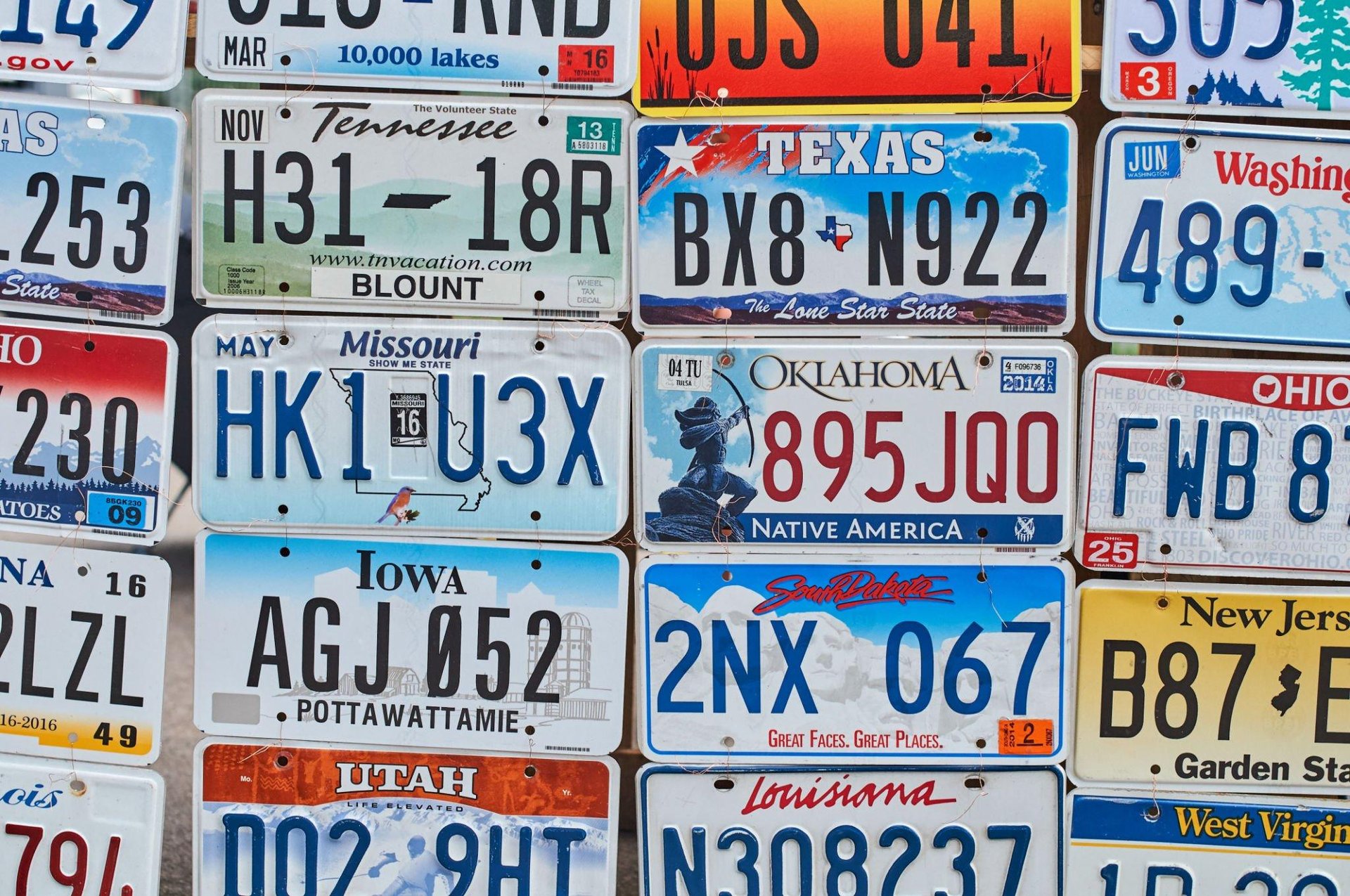Introduction: Exploring the World of Fake Carbon Fiber License Plate Frames
Carbon fiber license plate frames have become increasingly popular among car enthusiasts and individuals looking to add a touch of style to their vehicles. However, genuine carbon fiber frames can be quite expensive. In this article, we will explore how you can produce high-quality fake carbon fiber license plate frames using ABS and water transfer printing techniques. These methods offer a cost-effective alternative that can still provide a stunning carbon fiber-like appearance.
1. Understanding ABS: The Ideal Material for Fake Carbon Fiber License Plate Frames
ABS (Acrylonitrile Butadiene Styrene) is a widely used thermoplastic polymer known for its strength, durability, and impact resistance. It is an ideal material for creating fake carbon fiber license plate frames due to its ability to mimic the look and feel of carbon fiber. ABS can be easily molded, making it suitable for various manufacturing processes such as injection molding.
2. Getting Started: Gathering the Necessary Materials for Production
Before diving into the production process, it is important to gather all the necessary materials. For creating fake carbon fiber license plate frames, you will need ABS sheets, a water transfer printing kit, a primer, paint, clear coat, sandpaper, and a clear license plate frame. Ensure that you have all these materials ready before proceeding further.
3. Preparing the ABS Sheets: Creating a Solid Foundation for the Fake Carbon Fiber Look
The first step in producing high-quality fake carbon fiber license plate frames is preparing the ABS sheets. Start by cutting the ABS sheets into the desired size and shape of the license plate frame. Next, sand the surface of the ABS sheets to ensure proper adhesion of the primer and paint. This step is crucial in creating a smooth and flawless finish.
4. Applying the Primer: Enhancing Adhesion and Durability
Once the ABS sheets are prepared, it is time to apply the primer. The primer serves multiple purposes – it enhances the adhesion of the paint, provides a smooth base for the water transfer printing film, and improves the overall durability of the fake carbon fiber license plate frames. Apply the primer evenly and allow it to dry completely before moving on to the next step.
5. Water Transfer Printing: Achieving the Carbon Fiber Pattern
Water transfer printing, also known as hydrographic printing, is a technique used to apply intricate patterns, such as carbon fiber, onto three-dimensional surfaces. It involves placing a printed film on water and then transferring the pattern onto the ABS sheets. Carefully follow the instructions provided with your water transfer printing kit to achieve the desired carbon fiber pattern on the ABS sheets.
6. Painting the ABS Sheets: Bringing the Carbon Fiber Look to Life
After completing the water transfer printing process, it is time to paint the ABS sheets. Choose a paint color that complements the carbon fiber pattern, typically black or dark gray. Apply several thin coats of paint, allowing each coat to dry before applying the next. This step adds depth and realism to the fake carbon fiber license plate frames.
7. Applying the Clear Coat: Ensuring Long-Lasting Protection
To provide a glossy finish and protect the paint and carbon fiber pattern, apply a clear coat over the painted ABS sheets. The clear coat adds an extra layer of protection against UV rays, scratches, and other environmental factors. Apply multiple coats of clear coat, allowing each coat to dry completely, to ensure a durable and long-lasting finish.
8. Assembling the License Plate Frame: Putting the Pieces Together
Once the ABS sheets are fully painted and clear-coated, it is time to assemble the license plate frame. Place the painted ABS sheets into the clear license plate frame, ensuring a snug fit. Use screws or clips, depending on the design of the frame, to secure the ABS sheets in place. Double-check the alignment and make any necessary adjustments before tightening the screws or clips.
9. Quality Assurance: Inspecting and Finishing Touches
Before considering the production process complete, it is essential to inspect the final product for any imperfections or defects. Check for any paint drips, bubbles, or uneven surfaces. If necessary, sand down any rough areas and apply touch-up paint. Once satisfied with the result, give the license plate frame a final polish to enhance its appearance and ensure a high-quality finish.
10. Conclusion: Enjoying the Benefits of Fake Carbon Fiber License Plate Frames
By following the steps outlined in this article, you can produce high-quality fake carbon fiber license plate frames using ABS and water transfer printing techniques. These frames offer a cost-effective alternative to genuine carbon fiber frames while still providing a visually stunning and durable solution. Enjoy the sleek and stylish look of carbon fiber on your vehicle without breaking the bank.


